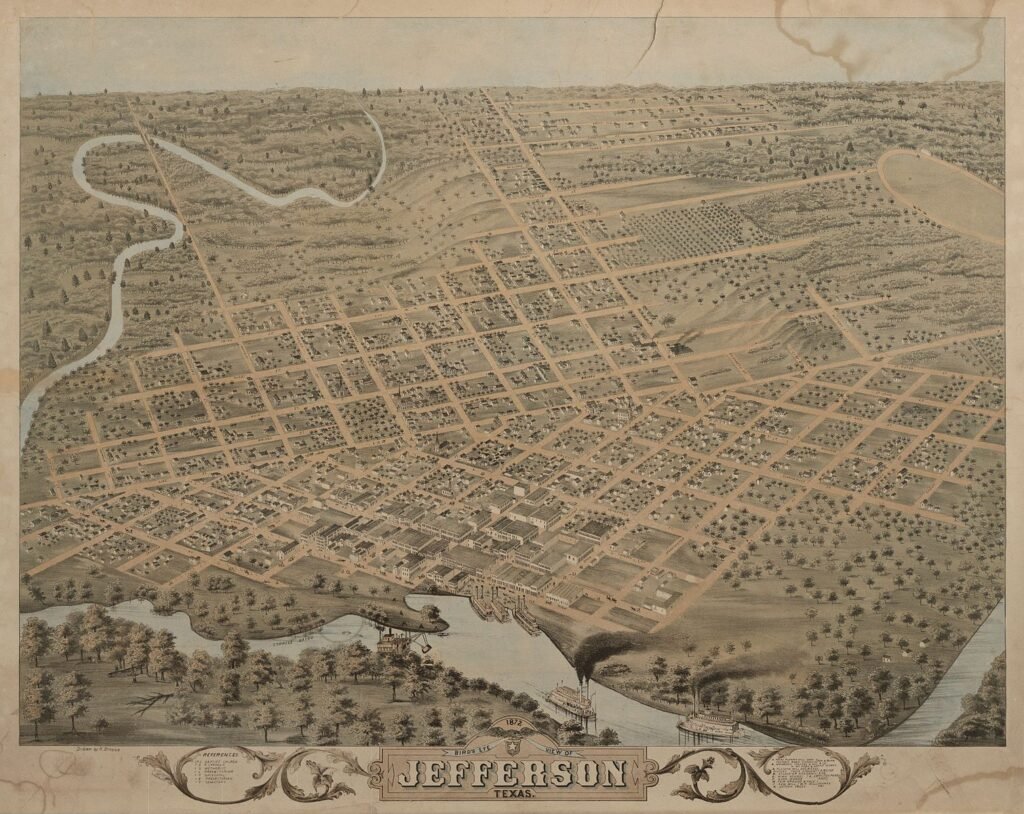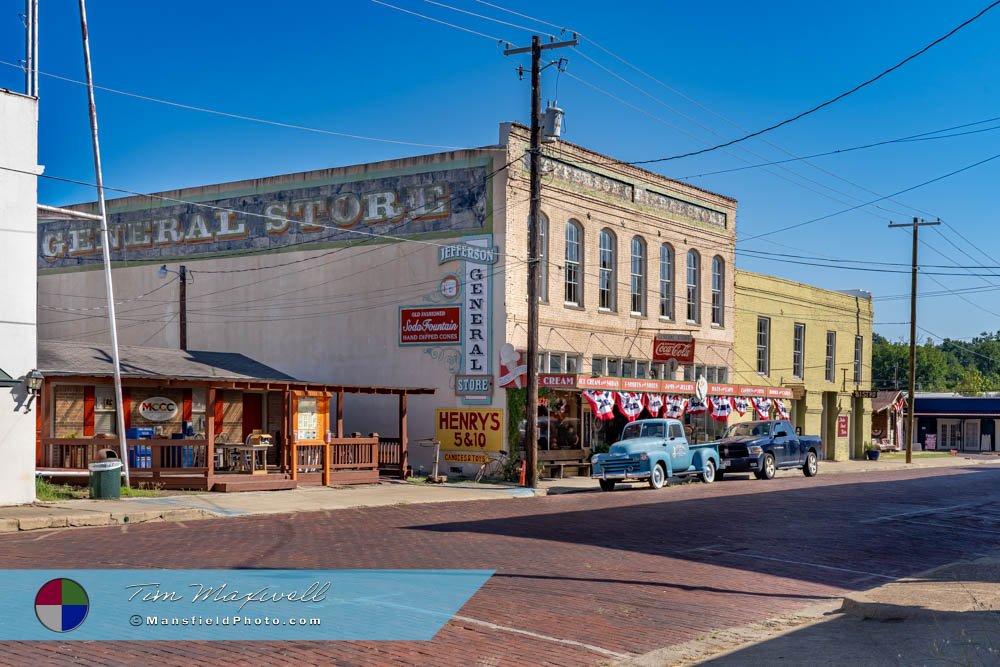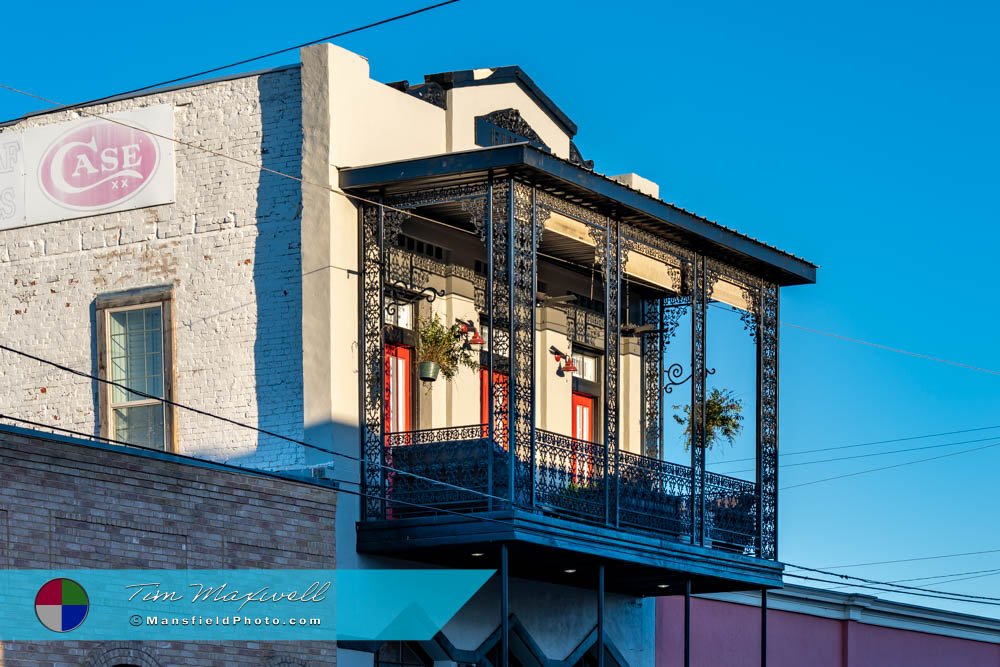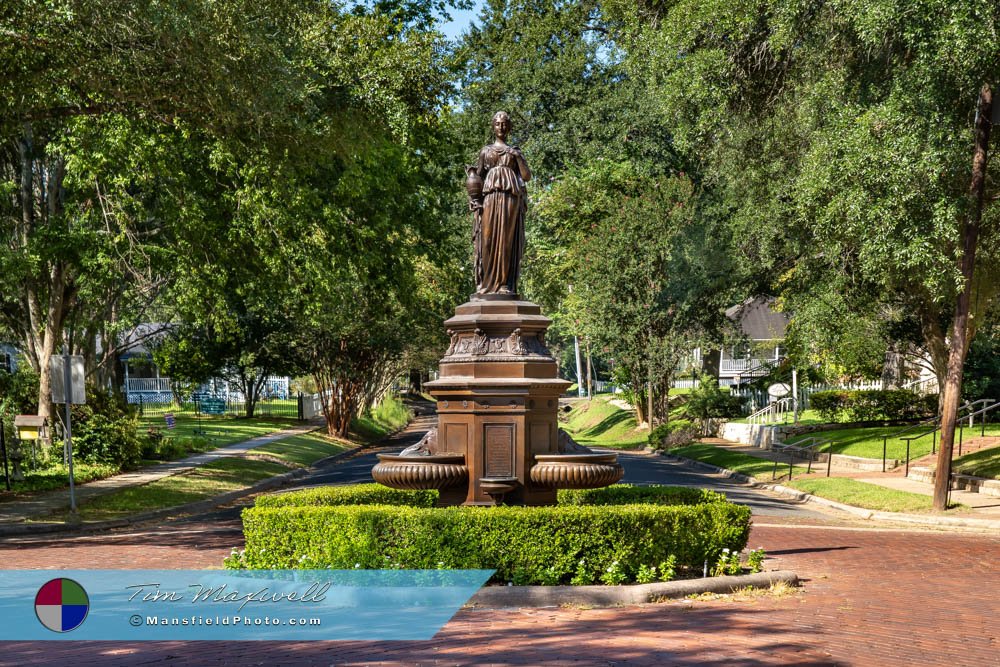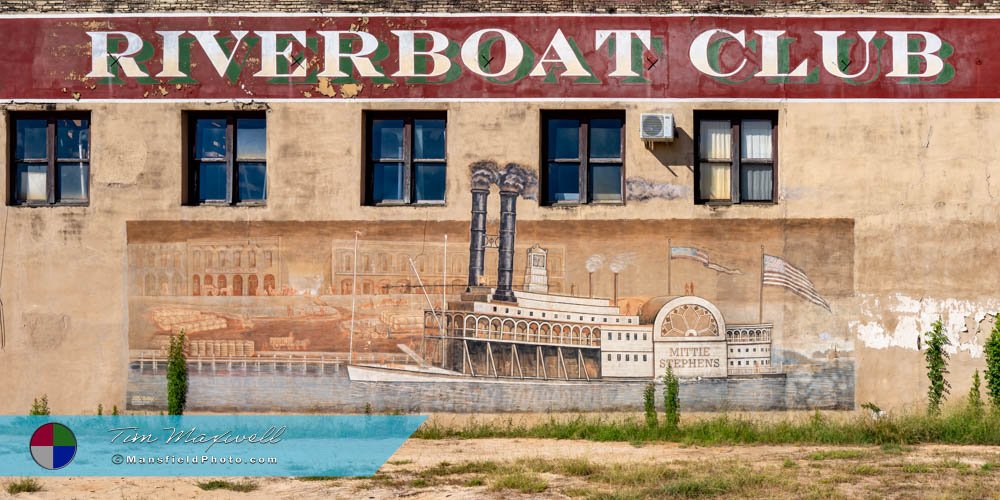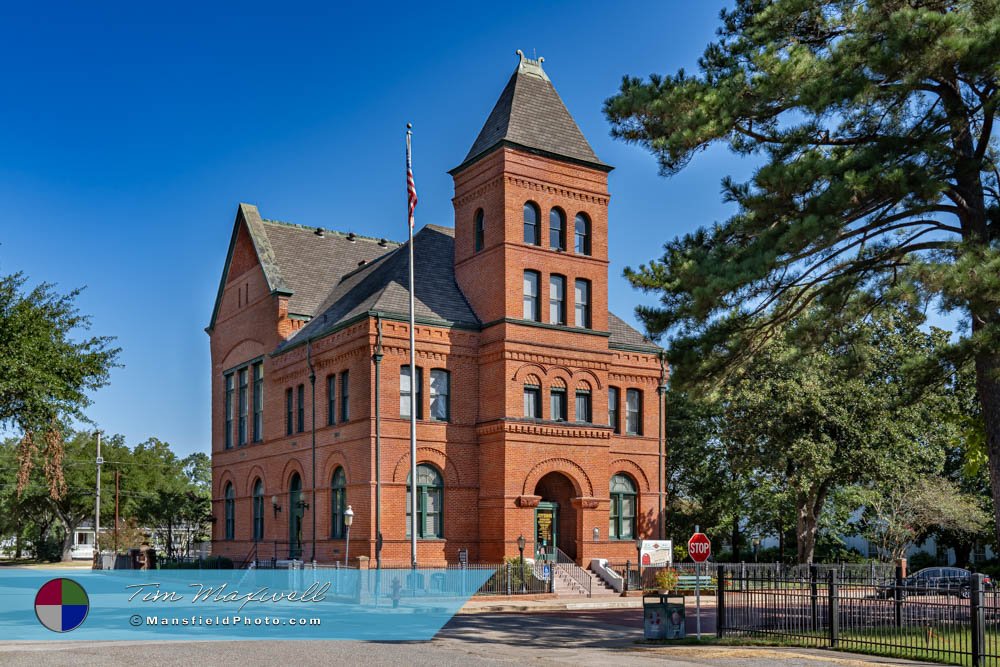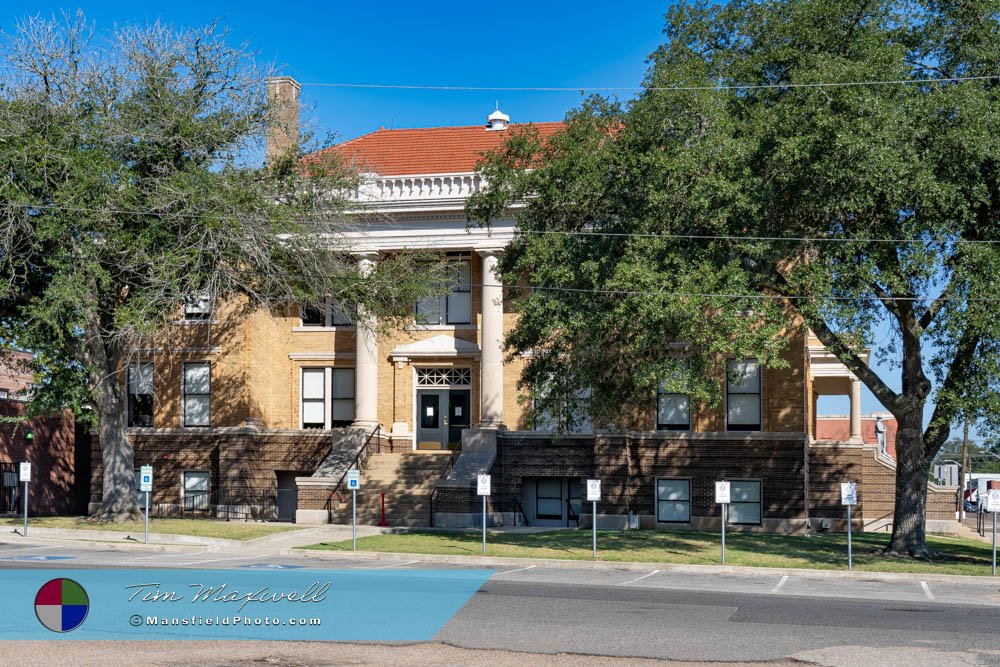The Great Raft
– and the impact on Jefferson, Texas.
Near Jefferson, the history of the Red River log jam, also known as the Great Raft, is a compelling chapter in the development of East Texas, particularly in relation to Jefferson, an inland port that played a critical role in the region’s economy. The Great Raft was a massive natural logjam that spanned the Red River and its tributaries, influencing the formation of Caddo Lake, the navigation of steamboats, and the flourishing commerce by water in Jefferson. However, the clearing of this natural barrier in the 19th century ultimately led to significant changes, including the decline of Jefferson as a commercial hub.
The Great Raft and Its Impact on Jefferson
The Great Raft was a vast accumulation of logs, debris, and vegetation that stretched for approximately 160 miles along the Red River, from modern-day southwestern Arkansas to northwestern Louisiana. This enormous obstruction, which had been forming for centuries, profoundly impacted the hydrology of the region. It blocked the flow of the Red River, causing water to back up and create a series of lakes, swamps, and bayous, including what we know today as Caddo Lake. This unique hydrological landscape proved to be both a challenge and a boon for the area’s development.
Jefferson, Texas, founded in the early 1840s, benefited significantly from the existence of the Great Raft. The logjam caused the Red River’s waters to rise, making it navigable for steamboats far upstream to reach the town. This allowed Jefferson to develop as an important inland port, providing a vital link for goods traveling between the Texas interior and major trade centers like New Orleans. The city quickly became a bustling hub of commerce, with its docks lined with steamboats transporting cotton, timber, and other products, making it one of the most important inland ports in the southern United States.
Steamboats and Commerce by Water
Steamboats were central to the economy of the town, enabling the efficient movement of goods and people. The steamboats that plied the waters of Caddo Lake, Big Cypress Bayou, and the Red River were essential for transporting the region’s agricultural produce, particularly cotton, which was the dominant crop. The ability to move large quantities of goods by water meant that Jefferson’s economy thrived, and the city grew rapidly as a commercial center. The waterfront buzzed with activity, and Jefferson became a gateway for settlers moving westward, contributing to the broader expansion of Texas.
The presence of the Great Raft indirectly facilitated this economic boom by maintaining water levels that allowed steamboats to reach Jefferson. The natural obstruction created a unique environment where Jefferson could prosper as a key point in the network of waterborne commerce that connected the region to the larger economy of the United States.
Clearing the Raft in the 1830s and the Formation of a Second Raft
The first major effort to clear the Great Raft began in the 1830s under the direction of Captain Henry Miller Shreve of the U.S. Army Corps of Engineers. Shreve, an innovative engineer, designed specialized snagboats to remove the logjam.
His work was largely successful, and by 1838, the Red River was cleared for navigation, dramatically altering the landscape. The removal of the Great Raft allowed the river to flow freely, draining the swamps and bayous that had been created by the obstruction, which began to affect the water levels that had sustained navigation to Jefferson.
However, the story did not end there. The Red River’s natural tendency to accumulate debris led to the formation of a second, smaller logjam soon after the initial clearing. This second raft, though less extensive than the first, still posed a significant challenge to navigation. Efforts to clear this second raft were undertaken in the following decades, with varying degrees of success. The second clearing effort in the 1870s eventually restored the natural flow of the Red River.
The Decline of Jefferson
The clearing of the second raft had profound consequences for Jefferson. With the obstruction removed, the Red River’s flow returned to normal, and the water levels in Big Cypress Bayou and Caddo Lake began to drop. As the waterways silted up and became less navigable, steamboats could no longer reach Jefferson. This decline in waterborne commerce coincided with the rise of railroads, which provided a more reliable means of transportation and further eroded Jefferson’s economic base.
By the late 19th century, Jefferson’s role as a key inland port had diminished significantly. The city, which had once thrived on its strategic location and access to navigable waters, found itself increasingly isolated as the natural waterways that had sustained its prosperity disappeared. The decline in steamboat traffic and the shift to rail transport marked the end of Jefferson’s golden era as a commercial hub.
Present Day
Downtown is a charming and well-preserved slice of history that transports visitors back to the 19th century. Lined with beautifully restored buildings, quaint shops, antique stores, and cozy cafes, the streets of Jefferson offer a delightful blend of Southern hospitality and historical charm. The town’s rich history as a once-thriving inland port is reflected in its architecture, with many of the buildings dating back to the mid-1800s. Strolling through downtown Jefferson feels like stepping into a bygone era, with its brick-paved streets, gas lamps, and grand Victorian homes that evoke the elegance of the past. Visitors can explore the Jefferson Historical Museum, take a leisurely carriage ride through the town, or simply enjoy the ambiance of this picturesque setting.
Tourism in Jefferson is a year-round affair, attracting history buffs, photographers, antique hunters, and those simply seeking a relaxing getaway. The town is known for its lively festivals, including the annual Pilgrimage and Candlelight Tour of Homes, which showcase the area’s historical and architectural significance. It is on our Texas bucket list of places to visit.
Bed and breakfasts housed in historic homes offer a cozy retreat for visitors, while the scenic beauty of nearby Caddo Lake provides opportunities for outdoor adventures such as fishing, boating, photography, and bird watching. Whether you’re exploring the town’s historic sites, indulging in some shopping, or enjoying the natural surroundings, Jefferson’s downtown offers a unique and memorable experience that captures the essence of East Texas charm.
📸 Interested in More Photos of This Town?

